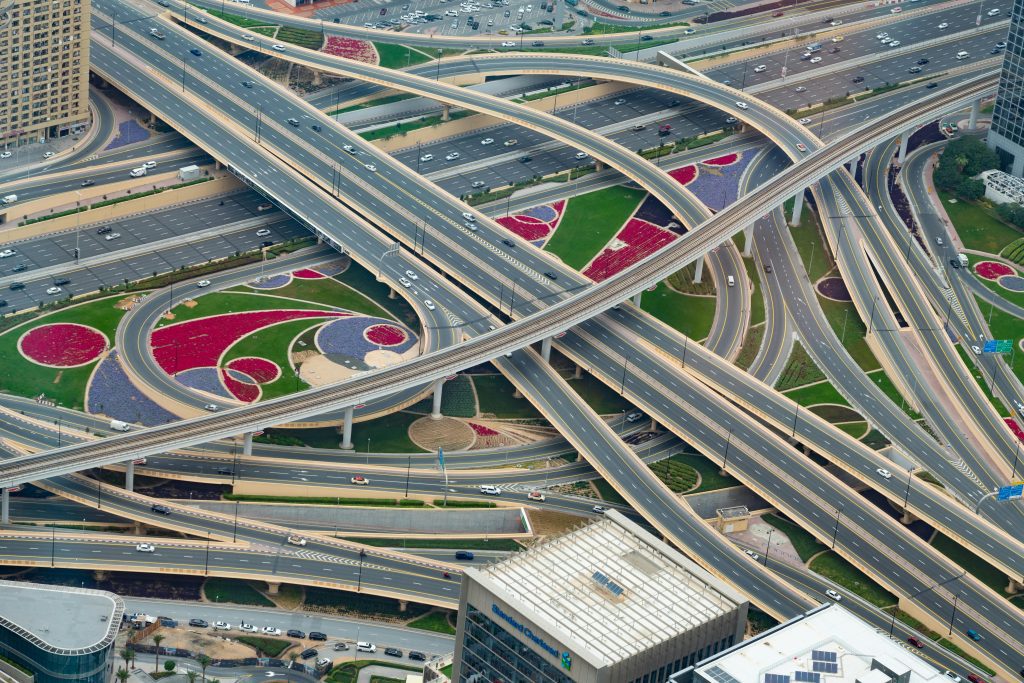
The commercial drone market’s future is to increase operations, which suggests up to 60 million commercial drone flights. Commercial drones can represent an average annual growth rate of 20% which can indicate the shift from niche applications to mainstream operations in different sectors.
The usage of drones is expected to contribute significantly to Australia’s economy which is projections estimating a boost of $14.5 billion to the GDP from 2020 to 2040. This growth can create approximately 5,500 new jobs each year which can highlight the economic potential of the drone industry.
This can transform different sectors which include logistics, environmental monitoring, and agriculture. The transport and logistics sector is projected to account for 77% of all drone flights. The role of drones in improving supply chain efficiency and delivery systems.
The future of drones will be shaped by improvements in technology, especially in areas such as battery life, AI integration, and connectivity through networks like 5G. These improvements will enable more extended flight durations, improved operational capabilities, and increased autonomy in drone operations.
The usage of drones has increased in environmental conservation efforts, with genuine applications. That application aims to monitor protected areas and wildlife. This can align with the global sustainability goals, as the drone industry develops eco-friendly solutions that reduce carbon footprints and promote efficient resource management.
License of commercial drone in Australia
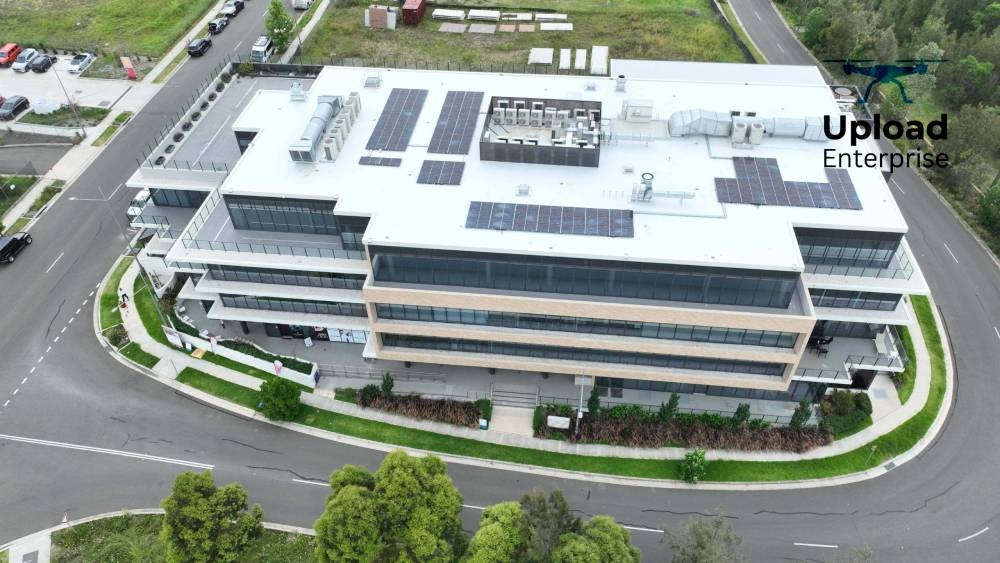
For the operation of commercial drones in Australia, people must accept a Remote Pilot Licence (RePL) from the Civil Aviation Safety Authority (CASA). This license is necessary for flying drones that weigh more than 2 kg for commercial purposes which can ensure the pilots are trained and qualified for these operations.
According to RePL, this can implicate completing a five-day training course that includes both theoretical and practical components. This training can cover different aspects of drone operation, safety protocols, and regulations, which can provide practical flight tests to demonstrate competency.
The drone should be categorized on based RePL rules and its weight. Pilots can operate different types of drones (e.g., multirotor, fixed-wing) and must identify the weight during training. For drones, weight should be up to 25 kg. The generic group endorsed on the RePL can allow for broader operational abilities.
The RePL will be not required to renew it can make the perpetual license. The pilots must ensure that they adhere to operational procedures and any specific conditions associated with their license.
Commercial drone operations must be conducted under a Remote Operator Certificate (ReOC). This certificate is very important for businesses or organizations when operating drones commercially and outlines the specific operational approvals which is granted by CASA.
All commercial fly drones which can regardless of weight, must be registered in CASA. This ensures the requirement of compliance with safety regulations and helps maintain accountability among operators. When you fail to register end the result they can make a significant fines.
Licensed pilots are required to operate within the regulations which can include maintaining a visible line of sight during flights and adhering to operational limits like altitude restrictions. They must be needed for additional training operations beyond visual line of sight (BVLOS) or at night.
Best commercial drones for photography
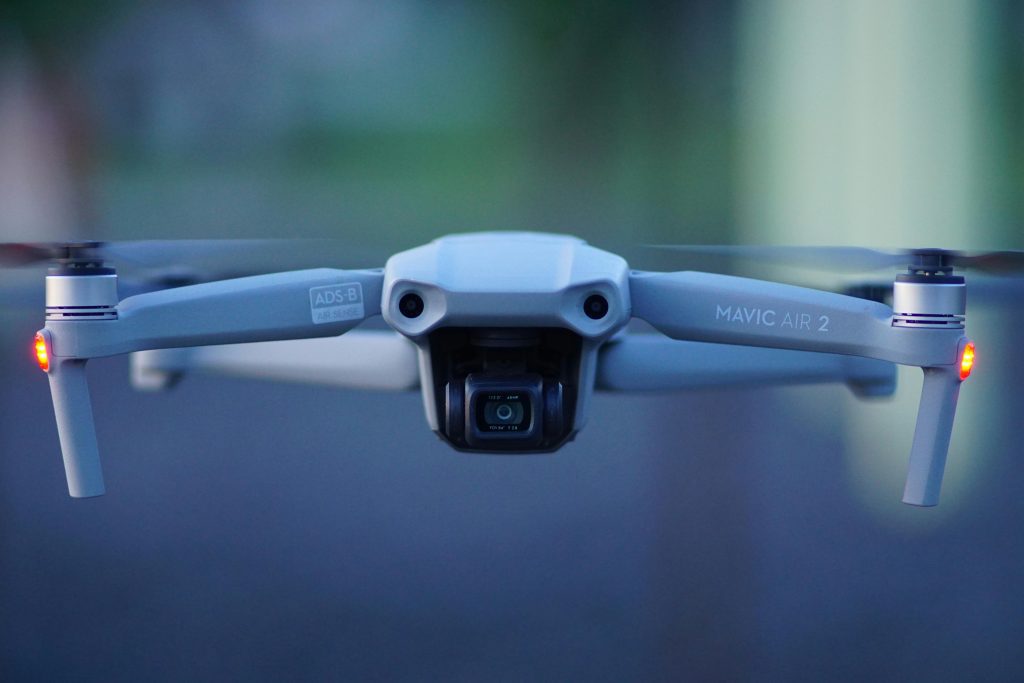
DJI Air 3: The DJI Air 3 drone is the best all-around photography. In this drone, there are 3 features a dual-camera system that includes a high-quality capturing photos main camera and a telephoto lens. They can offer 360-degree obstacle avoidance, explore their battery life, and have user-friendly controls. That can make it suitable for both beginners and professionals.
DJI Mavic 3 Pro: This DJI Mavic 3 pro has provided a premium option known for its outstanding image quality. They include a large sensor that captures stunning 5.1K video. It includes the latest features like multiple telephoto lenses and impressive battery life backup. It can cater to serious photographers aiming for top-tier performance.
DJI Mini 3 Pro: The DJI Mini 3 Pro drones can provide excellent image quality with a 4K camera and smart shooting modes. The lightweight of this drone design (under 250g) allows for easy portability and flying in more locations without certification.
Autel Evo Lite+: This drone is a very strong competitor to DJI models, featuring of this drone is a 6K camera and proper flight time. This does not match the DJI’s video quality. These drones can offer good performance and are a reliable choice for alternative looks.
DJI Mini 4 Pro: This DJI Mini 4 pro drone is praised for being easy to use avoiding reliable obstacles, and having fantastic image quality, this is the top choice for beginner photographers. The weight of this drone is less than 250g which can simplify the legal flying requirements for drone flying.
DJI Mavic 2 Pro: The DJI Mavic 2 Pro is the popular choice due to its 1-inch sensor and variable aperture. That can allow for high-quality images in various lighting conditions. It is still considered a solid option for photographers.
Parrot Anafi: The features of Parrot Anafi are a 21MP camera capable of shooting 4K HDR video. This drone is unique because of the 180-degree tiltable gimbal which allows creative shooting angles that can make versatile tools for photographers.
DJI Spark: the DJI Spark is a compact and lightweight option, that is easy to carry and operate. The offers decent camera capabilities for simple photography. This is suitable for those who just starting in drone photography.
DJI Air 2S: This drone has a 1-inch sensor which is used for shooting 5.4K video, making it a perfect choice for serious photographers. It integrates new features with a user-friendly interface, appealing to both trainees and professionals.
Skydio 2: With the avoidance of the latest obstacle and autonomous flying drone abilities. The Skydio 2 is perfect for capturing dynamic shots in challenging environments. Its high-quality camera and intelligent tracking features can make more favorite among movement photographers.
Laws Commercial drone
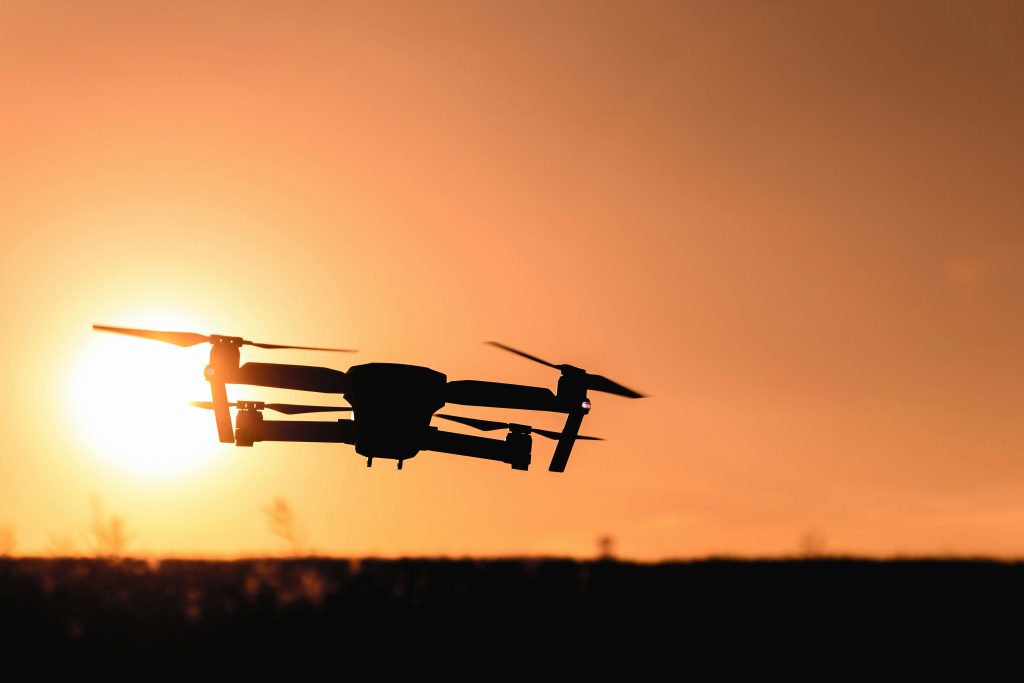
In Australia, the Civil Aviation Safety Authority (CASA) is responsible for regulating drone operations. All commercial drone operators must approved with CASA’s regulations to ensure safe and legal flying practices.
Commercial drone pilots must acquire a Remote Pilot Licence (RePL) if they plan to operate drones weighing more than 2 kg. The drone operators can fly in the banned category but must notify CASA before flying and stick to normal operating conditions.
All commercial drone operators which can be regardless of weight must be registered with CASA. The aim is to improve accountability and safety within the drone industry. If you fail to register end of the result they can make significant fines which are mandatory for every drone operator.
Commercial drone operations are subject which can include the specific restrictions that can fly no higher than 120 meters (400 feet). They can maintain a distance of at least 30 meters from people, and not fly over populated areas or emergencies without approval.
The drone operators must respect personal privacy and cannot record or photograph individuals without their permission. Privacy laws can lead to legal under state laws, emphasizing the importance of ethical drone-providing commercial operations.
Commercial drone photography

Commercial drone pilots in Australia must carry a Remote Pilot Licence (RePL) from the Civil Aviation Safety Authority (CASA) to operate drones weighing more than 2 kg for commercial intentions.
All commercial drone operators which has regardless the weight that can must be registered with CASA to enhance responsibility and safety within the drone industry.
Commercial drone operations are subject which can include the specific restrictions that can fly no higher than 120 meters (400 feet). They can maintain a distance of at least 30 meters from people, and not fly over populated areas or emergencies without approval.
The plan for successful commercial drone photography. First, they can check and include the UAV forecast, prepare a detailed, and ensure all tools are in working order before the flight.
Drone photography has unique perspectives and angles that can capture visually stunning photos and video shots. Use the third rule of the experiment with aspect ratios, and look for balance, patterns, and lines to improve your compositions.
Evaluate the position of the sun and moon to take benefit of optimal light conditions. Be mindful of shadows cast by your drone’s propellers on the camera lens.
Understand the maximum flight time of your drone with their plan accordingly. We should Always carry extra batteries and be prepared for unexpected situations that may arise due to limited battery life.
You must shoot in a Natural format to keep image quality and allow for greater flexibility in next processing. You must use software like Adobe Lightroom or Photoshop to edit your photos but avoid over-processing.
Always carry extra SD cards and get a plan for backing up and storing your photos and videos. If not carry extra SD cards we will lose valuable footage due to a full memory card can be costly.
Join drone photography communities, attend workshops, and watch tutorials to stay informed about the latest trends, techniques, and regulations in the industry. Continuously learning and improving your skills is key to success in commercial drone photography.
Commercial Drone technologies

Commercial drone technologies are increasing daily with sensors, including multispectral cameras, LiDAR, and thermal imaging. These technologies have collected data capabilities across various industries, like agriculture farming, construction, and environmental monitoring, enabling accurate analysis and decision-making based on real-time data.
Artificial intelligence (AI) transforms commercial drone technologies into intelligent systems which is capable of autonomous operations. These drones can examine complex environments, optimize flight paths, and execute tasks without direct human control, significantly improving efficiency and reducing operational risks.
The battery technology is extending the flight times of commercial drones, allowing for a longer time to fly without the need for frequent recharging.
Sphere drones
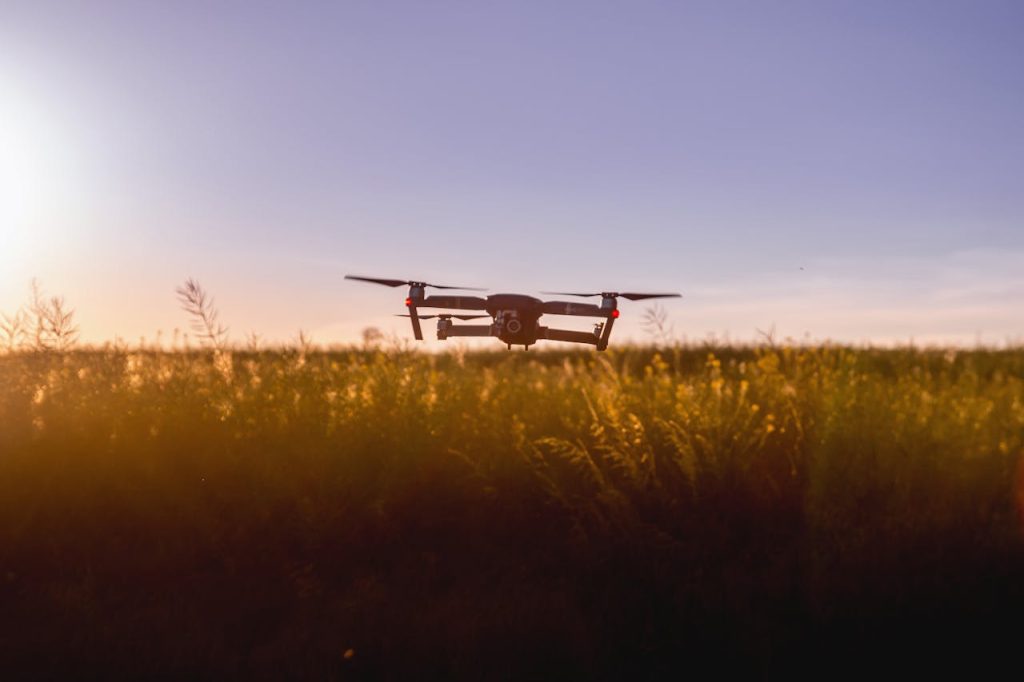
Sphere Drones, a major UAV sales, consulting, and maintenance provider in Australia, was selected by Flyability given its extensive commercial UAV experience and most importantly, its commercial knowledge of inspection applications.
The BVLOS approval positions Sphere Drones to help accelerate commercial drone adoption by businesses across Australia, which is due to skyrocket to 60 million flights each year by 2043.
Air mobility
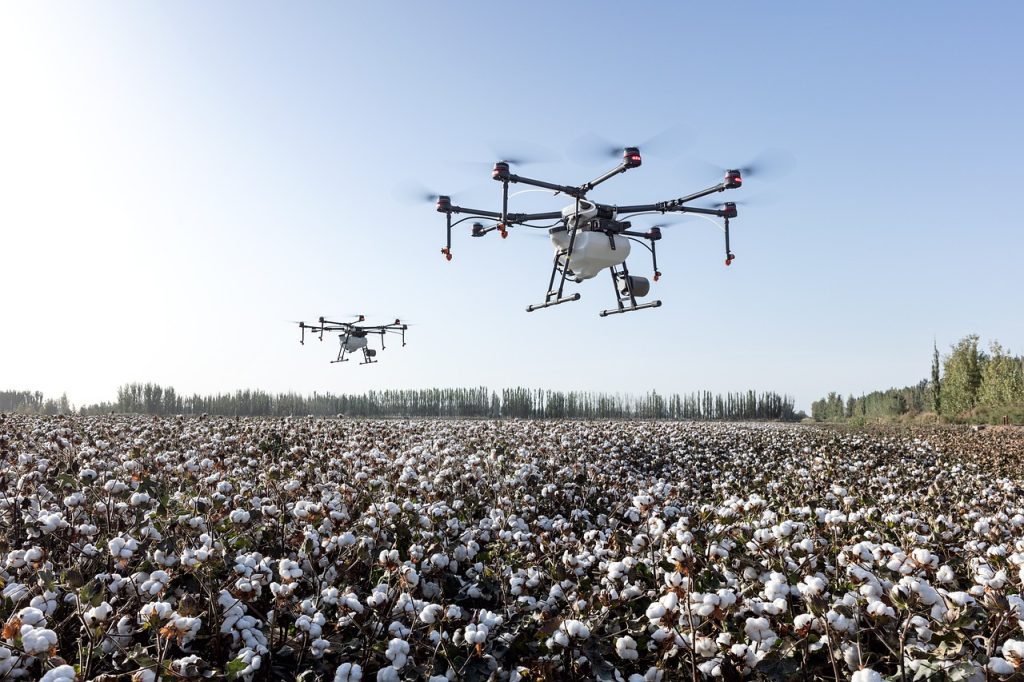
Air mobility, particularly in the context of Advanced Air Mobility (AAM), refers to the integration of innovative aircraft technologies, such as electric vertical takeoff and landing (eVTOL) vehicles, designed to transport people and goods efficiently in urban and rural environments.
This emerging sector aims to alleviate traffic congestion, enhance transportation accessibility, and reduce carbon emissions by utilizing sustainable aircraft powered by electric or hybrid systems, while also requiring the development of necessary infrastructure like vertiports and advanced traffic management systems for safe operations.